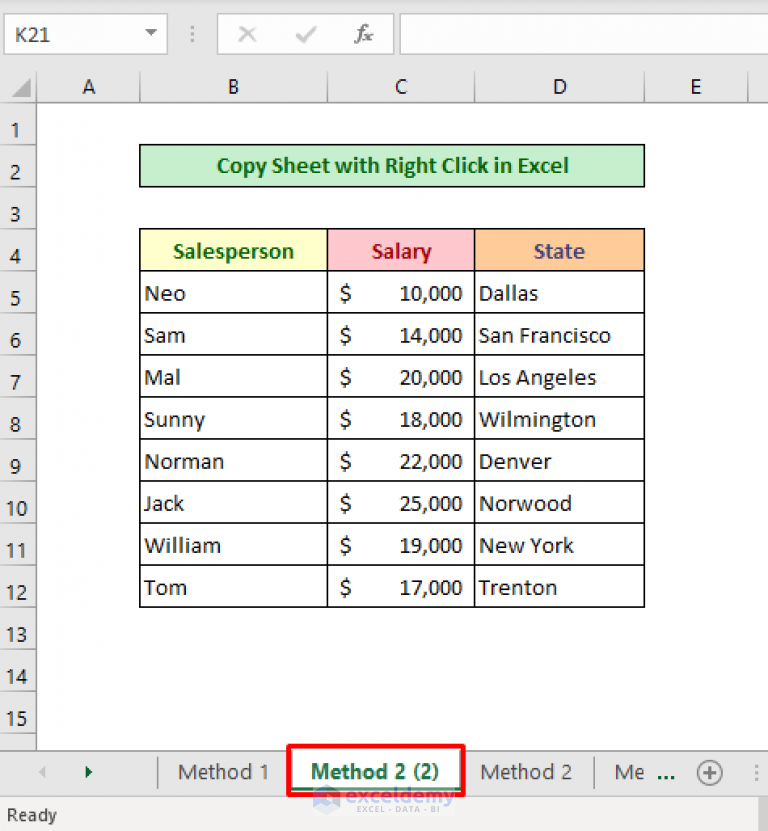Effortlessly Copy Excel Sheet into Word: A Simple Guide

The seamless integration of data between applications like Microsoft Excel and Microsoft Word is a necessity for anyone working with office software. Copying an Excel sheet into Word isn't just about transferring numbers; it's about preserving the formatting, clarity, and usability of your data. In this guide, we'll dive deep into how you can copy an Excel sheet into Word, ensuring that your data retains its integrity and looks as good as it did in the spreadsheet.
Why Copy Excel Sheet into Word?

Before we get into the nitty-gritty, let's understand why this task is so important:
- Data Presentation: Sometimes, the intended audience or platform might not have Excel, making Word a better medium for presenting data.
- Reporting: Integrating Excel data into Word documents for reports or presentations helps maintain data accuracy and readability.
- Documentation: For procedures, instructions, or manuals, embedding spreadsheets in Word can provide a clearer context.
Steps to Copy Excel Sheet into Word

Step 1: Prepare Your Excel Sheet

Before you copy your Excel data, make sure it’s organized:
- Check for unnecessary blank rows or columns.
- Ensure cell formatting, borders, and headers are to your satisfaction.
- Consolidate all the data you need into a single sheet for easier transfer.
Step 2: Select and Copy in Excel

Here’s how to select and copy your data:
- Open your Excel workbook and select the range of cells you want to copy. You can do this by dragging across cells or clicking the top-left corner of the sheet to select everything.
- Once selected, press Ctrl + C or right-click and choose Copy.
Step 3: Paste into Word with Options

Now, move to your Word document:
- Place your cursor where you want the data to appear.
- Press Ctrl + V or right-click and select Paste. Immediately after pasting, a small “Paste Options” button appears at the bottom-right corner of the pasted data.
- Click on this button or use the keyboard shortcut for more paste options:
- Keep Source Formatting: Maintains the look of your Excel data exactly as it was, including fonts, colors, and borders.
- Use Destination Theme: Blends the pasted data with Word's formatting.
- Link & Use Source Formatting: Creates a live link between Excel and Word, ensuring any changes in Excel update automatically in Word. (Note: This can be memory-intensive and might not be available in all versions of Word.)
- Link & Use Destination Styles: Like above, but adapts the Excel data to match Word's styles.
- Picture: Converts the Excel sheet into an image, which preserves formatting but loses editability.
Step 4: Fine-tuning in Word

Once pasted, you might want to:
- Adjust the table’s size by dragging the table borders.
- Alter fonts or colors if needed.
- Consider adding table styles in Word for a consistent look.
Formatting and Style Tips

Here are some tips to ensure your Excel data looks good in Word:
- Table Styles: Use Word’s built-in table styles for a professional look.
- Header Rows: Ensure your headers stand out, perhaps by using bold text or different background colors.
- Row Height and Column Width: Manually adjust to fit content without truncation.
- Alignment: Keep text alignment consistent with your Excel sheet.
💡 Note: For dynamic updates, consider linking Excel to Word, but remember this can increase file size significantly.
Keeping in mind the importance of data integrity and the seamless transition between Excel and Word, this guide provides you with a straightforward approach to ensure your data transfer is both accurate and visually appealing. Whether it's for presenting data in meetings, creating reports, or integrating data into documentation, this method ensures your Excel sheets are as impressive in Word as they are in their original format. Let's now look into some frequently asked questions that might help you further.
Can I keep Excel formulas when copying to Word?

+
Formulas in Excel are typically not directly transferable to Word. However, by pasting as a linked table, any calculation results in Excel will update in Word, though the formulas themselves won’t appear.
How do I ensure my Word document doesn’t balloon in size?

+
When copying large Excel datasets, consider pasting as an image or use the ‘Keep Source Formatting’ option to avoid linking, which reduces file size. Also, remove any unnecessary data before copying.
Can I edit the Excel data once it’s in Word?

+
If you paste as a linked table, double-clicking the table will open the source Excel file, allowing edits. Changes made will reflect in Word. If not linked, the data can be edited directly in Word but won’t update if changed in Excel.